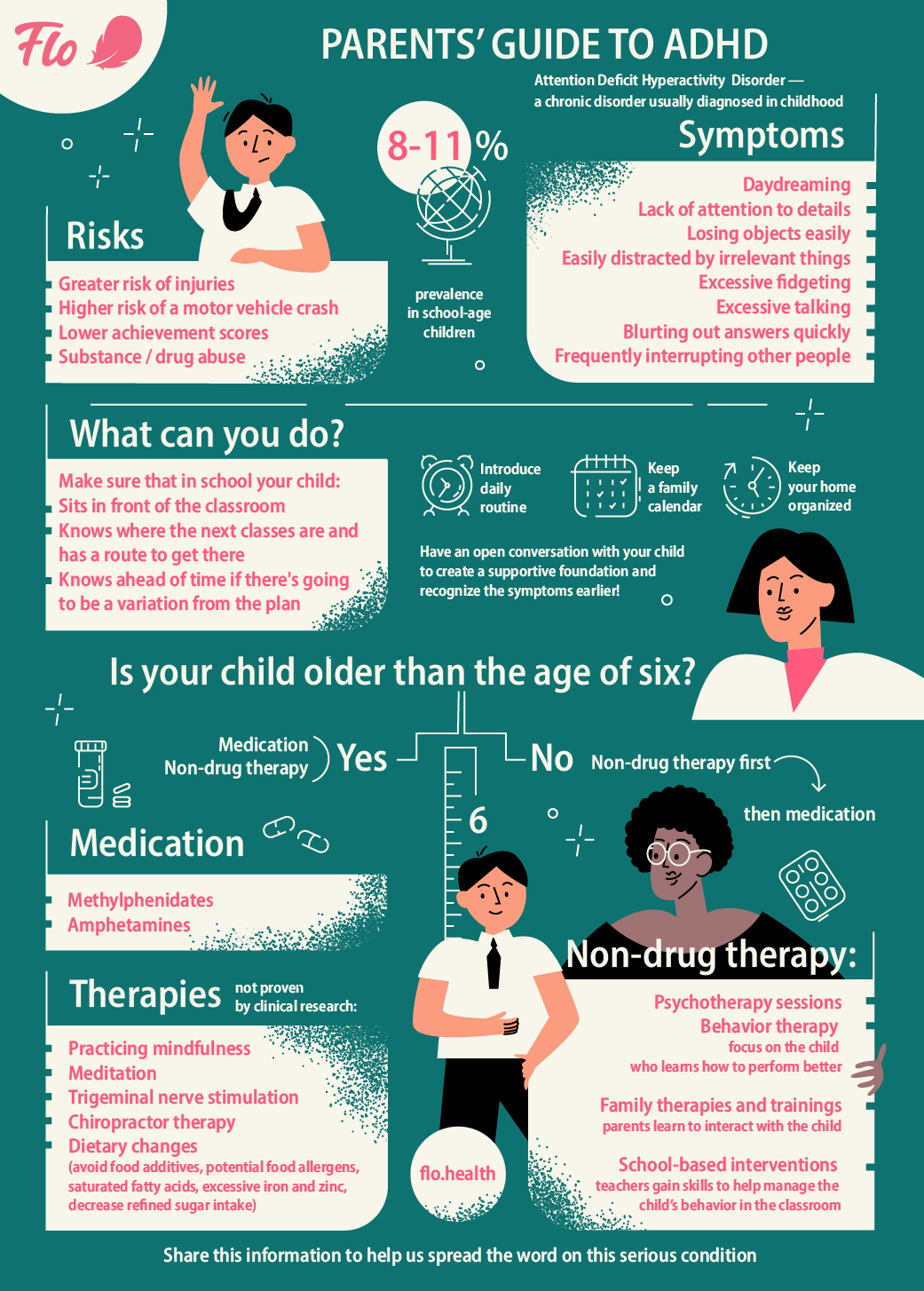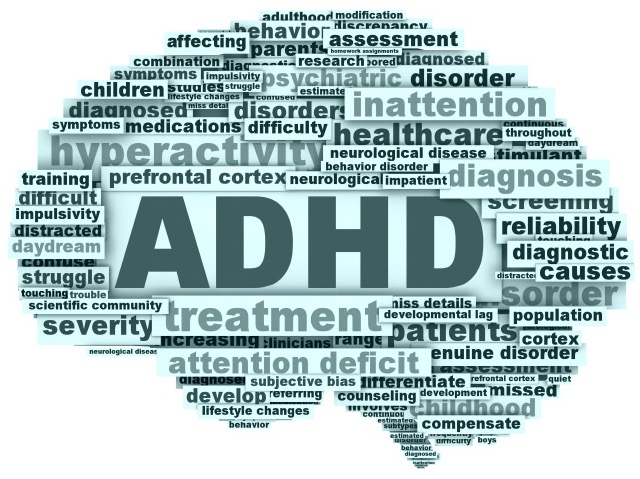
For the performance questions, there must be a score of 4 of higher on two questions, or a score of 5 on one question, for the results to indicate ADHD. There must be six counted behaviors with a score of 2 or 3 out of the nine questions for inattention or hyperactivity to meet DSM-5’s criteria for ADHD. The parent assessment scale has a separate section for conduct disorder, or antisocial behavior while the teacher assessment scale has an extra section on learning disabilities. Both forms screen for symptoms of ADHD and inattention. Different forms are available for parents and teachers. The scale is meant for children ages 6 to 12, but people in other age groups can use it, if applicable. Many healthcare professionals use the NICHQ Vanderbilt Assessment Scale Diagnostic Rating Scale to help diagnose ADHD. Scoring the Vanderbilt ADHD Diagnostic Rating Scale Read on to see how some common tests determine their results. Some say that you need six counted behaviors to indicate ADHD while others ask you to add up scores.

Usually, 0 means never, and 3 or 4 means very often and the higher the score, the more severe the symptom.Įach test has a different way of adding up the scores to determine the likelihood of ADHD. Rating scales will ask you to score behaviors, typically on a point scale of 0-3 or 4. The adult rating scale may also include checklists, prompts, and questions about clinical history. Learn more about assessing ADHD symptoms here » For adults, it will rate how much difficulty they have unwinding or relaxing.

Rating these behaviors can help measure inattention, hyperactivity, and impulsiveness. Questions regarding impulsivity may ask about interrupting. Brown Attention-Deficit Disorder Symptom Assessment Scale (BADDS) for AdultsĪ question may probe the extent of excessive talking or fidgeting to gauge hyperactivity.Adult ADHD Clinical Diagnostic Scale (ACDS) v1.2.Adult ADHD Self-Report Scale (ASRS v1.1).Boys and girls with ADHD tend to display different behaviors like being hyper versus being shy, respectively. Some forms may separate questions based on sex. Conners Comprehensive Behavior Rating Scale (CBRS), which is for children ages 6 to 18.National Institute for Children’s Health Quality (NICHQ) Vanderbilt Assessment Scale, which is for children ages 6 to 12.Swanson, Nolan, and Pelham-IV Questionnaire (SNAP-IV), which is for children ages 6 to 18.Conners-Wells’ Adolescent Self-Report Scale, which is for teenagers.Child Behavior Checklist (CBCL), which is for children ages 6 to 18.While anyone can fill out a rating scale, only your doctor can provide an accurate diagnosis of ADHD.Ĭommon ADHD rating scales for children include the:
#Childhood add test for free#
You can find them online for free or sold for up to $140. Questionnaires can take anywhere from 5 to 20 minutes to complete. Treatment is most effective when it begins early and when intervention is individualized to the needs of the child.ADHD rating scales are available for children, teenagers, and adults.

The good news is that there are safe and effective treatments for children and adolescents with ADHD. But most research points to genes inherited from parents as the leading contributor to ADHD. No single biological cause for ADHD has been found. In an average classroom of 30 children, research suggests that at least one will have ADHD. It is usually first identified when children are school-aged, although it also can be diagnosed in people of all age groups. Estimates show that 11 percent of school-aged children and about 4 percent of adults have ADHD. This Resource Center was made possible through funding from the Lasdon Foundation.Īttention Deficit/Hyperactivity Disorder (ADHD) is a condition which includes difficulties with attention, increased activity, and difficulties with impulsivity.


 0 kommentar(er)
0 kommentar(er)
